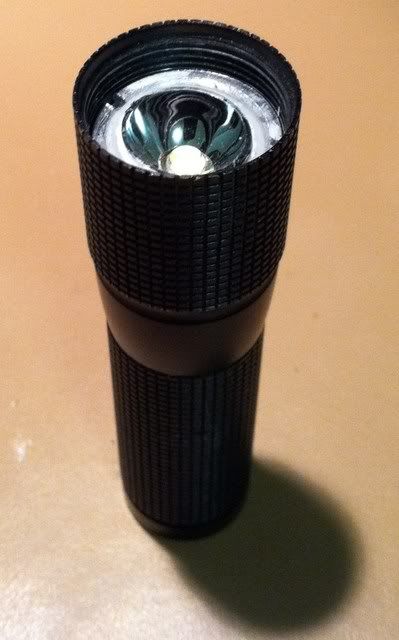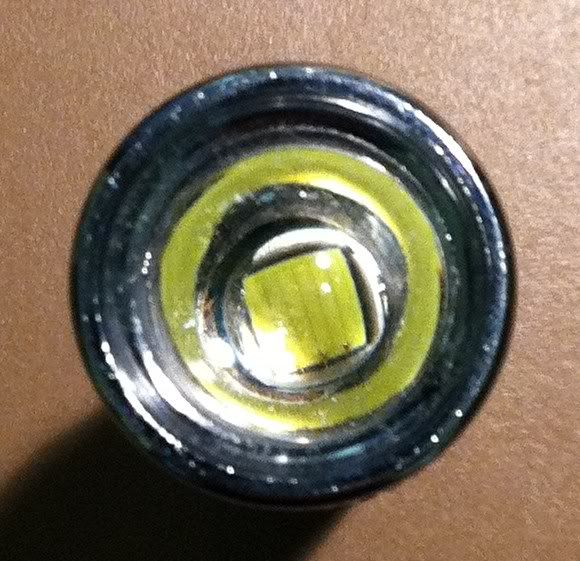So far I’ve tried:
Black sharpie - yeah it’s black, but it is still pretty reflective.
Adhesive black felt - too thick, got in the way of everything.
Maybe some type of flat black paint next? Plasti-dip?
So far I’ve tried:
Black sharpie - yeah it’s black, but it is still pretty reflective.
Adhesive black felt - too thick, got in the way of everything.
Maybe some type of flat black paint next? Plasti-dip?
I use professional blackout material from edmund optics:
It’s really cheap for the size.
The metal foil one they sell works better but costs 10x the price.
Do you use the adhesive or non-adhesive variety?
Makes me wonder if black construction paper and some 3M spray adhesive would do as a budget option. ![]()

Adhesive. It’s strong but it’s a paper adhesive which leaves stuff when you rip it off.
If I was rich I would go with the foil.
Sorry for the noob question, but what is the purpose of doing this? Is it to prevent spill?
it’s to prevent aftifacts showing up in the beam . you can even see a reflection off of a solder blob on the +pos. or -neg. anything reflective in a zoomie is a bad idea .
i’ve heard discussions about adding some kind of foil to increase output but that just sounds crazy …black it out .
Never used it but my guess is high temp engine flat black is gotta be the cheapest thing to use .
I have a small bottle of model paint (testers) black I was going to try .Someone has to have tried this before .
I normally just use a black sharpie because they’re handy .
I have used the engine paint regularly. It does not adhere well to everything (not at all to stainless steel) and do not apply it too thick, better in two thin layers and cure with heat (switch it on on turbo ![]() ) in between. It still is not completely flat though…
) in between. It still is not completely flat though…
I’ve just used flat black spray paint. Should I be worried?
For spray paint, how do you mask the LED? Painters tape?
put a drinking straw over it.
I typically use acrylic Vallejo hobby paint (black primer). It’s handy, much blacker than a sharpie, and dries instantly. Works fine for low friction areas like the inside of a flashlight head and seems to take the heat no problem.
A simple alternative is to use a sharpie. It doesn’t look as pretty but gets the job done.
I have some water based blackboard paint, but i’m afraid it may not hold and flake etc…
So i haven’t yet tried it.
Adding foil on the inside of the head does not help the beam. Flood mode would look the same, except possibly for some additional artifacts on the edges outside the beam. Spot mode would look horrendously ugly with every crinkle and fold in the foil visible in a giant ring outside the beam.
That said, I was pleasantly surprised when I tried adding a cut down tiny plastic reflector around the LED. I’ve tried this with reflectors from an old UKE incan lamp module, and from cheap incan maglights.
Adding a tiny reflector around the LED below the aspheric lens has the following effects:
Floodbeam
Spotbeam
Basically this mod is a huge improvement if you mostly use your zoomie in flood mode, and don’t care about white wall hunting with your spot mode. The only times where I think this would not help a zoomie are:
Here’s some old pictures I took of this in action:
Sipik 58 with 3 amp driver, XML and reflector (bezel with 18mm aspheric lens removed to show the reflector), plus a shot with the lens on in flood mode:


Here’s the beam pattern in flood mode. Notice the very broad hotspot filling the center of the beam. This hotspot, which covers approximately half the beam, is all due to the reflector. Without the reflector, the entire flood beam would like the dimmer portion at the edges.

Here’s the ugly ring the reflector causes in spot mode:
 Yes, it’s ugly, but it’s also dim enough that it’s only an issue for white wall hunting. It doesn’t affect actual use.
Yes, it’s ugly, but it’s also dim enough that it’s only an issue for white wall hunting. It doesn’t affect actual use.
I use high temp flat black paint for BBQs. I buy it in a spray can buy apply it with a fine paint brush.